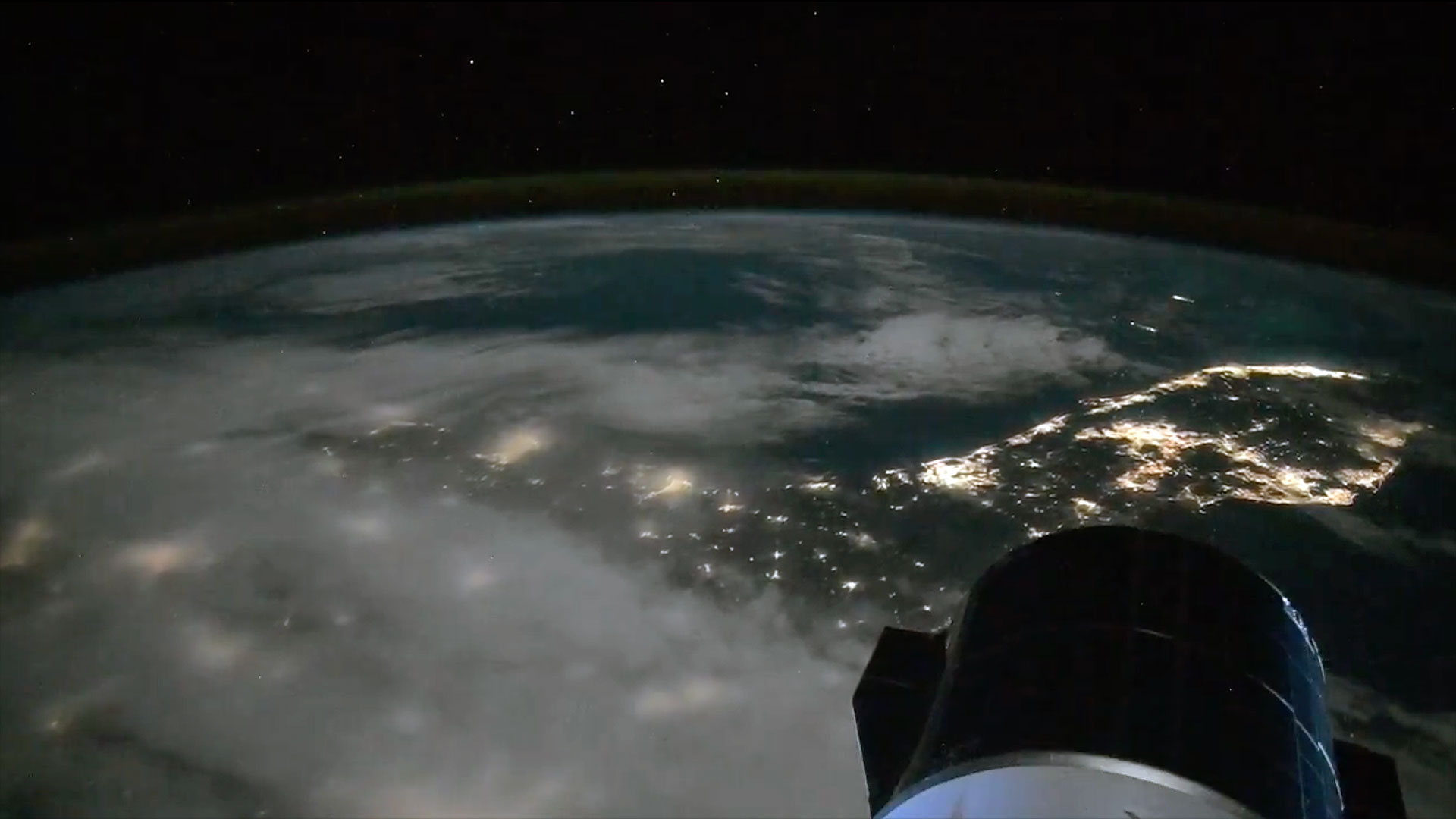NASA's Perseverance rover is taking its own wheel for Mars drives
NASA's Perseverance rover is picking up the pace on Mars thanks to technology that helps the robot avoid running into trouble on its otherworldly drives.
That technology, called AutoNav, is a navigation system that maps terrain and plans routes without the rover needing to rely as heavily on guidance from Earth. AutoNav is four or five times more powerful than equivalent technology tested on NASA's previous Mars rover, Curiosity, which means Perseverance will be able to take more direct routes and travel faster, in turn allowing the rover to do more science in the same amount of time.
"We're going to be able to get to places the scientists want to go much more quickly," Jennifer Trosper, project manager for the rover at NASA's Jet Propulsion Laboratory (JPL) in California, said in a NASA statement. "Now we are able to drive through these more complex terrains instead of going around them: It's not something we've been able to do before."
Related: Mars helicopter Ingenuity spots Perseverance rover from the air (photo)
The AutoNav process doesn't cut out human drivers entirely, just increase the rover's autonomy where possible.
"We have a capability called 'thinking while driving,'" Vandi Verma, a senior engineer, rover planner and driver at JPL, said in the same statement. "The rover is thinking about the autonomous drive while its wheels are turning."
Other features on the new rover will also help increase speed. Percy's wheels have a larger diameter, narrower width and wavier tread pattern that mission engineers designed to increase traction and durability on Mars. Perseverance also carries an entirely separate computer devoted to navigation, and the new rover's belly clearance is higher, making a wider variety of terrain safe for exploring.
Breaking space news, the latest updates on rocket launches, skywatching events and more!
"It's a rover driver's paradise."
All told, the improvements implemented for Perseverance mean the rover could travel as fast as 393 feet per hour (120 meters) — just over the length of a football field — compared to Curiosity's speed of 66 feet per hour (20 m) . That would put Perseverance's top speed at about 0.07 mph (0.12 kph). Increasing rover speed for Perseverance is important because mission scientists hope to direct the rover to cover a total of 9 miles (15 kilometers) over the course of its mission.
That's exciting not just for scientists, but also for the humans helping Perseverance navigate, who get to enjoy more of the Red Planet's scenery in Jezero Crater.
"Jezero is incredible," Verma said. "It's a rover driver's paradise. When you put on the 3D glasses, you see so much more undulation in the terrain. Some days I just stare at the images."
Email Meghan Bartels at mbartels@space.com or follow her on Twitter @meghanbartels. Follow us on Twitter @Spacedotcom and on Facebook.

Meghan is a senior writer at Space.com and has more than five years' experience as a science journalist based in New York City. She joined Space.com in July 2018, with previous writing published in outlets including Newsweek and Audubon. Meghan earned an MA in science journalism from New York University and a BA in classics from Georgetown University, and in her free time she enjoys reading and visiting museums. Follow her on Twitter at @meghanbartels.

